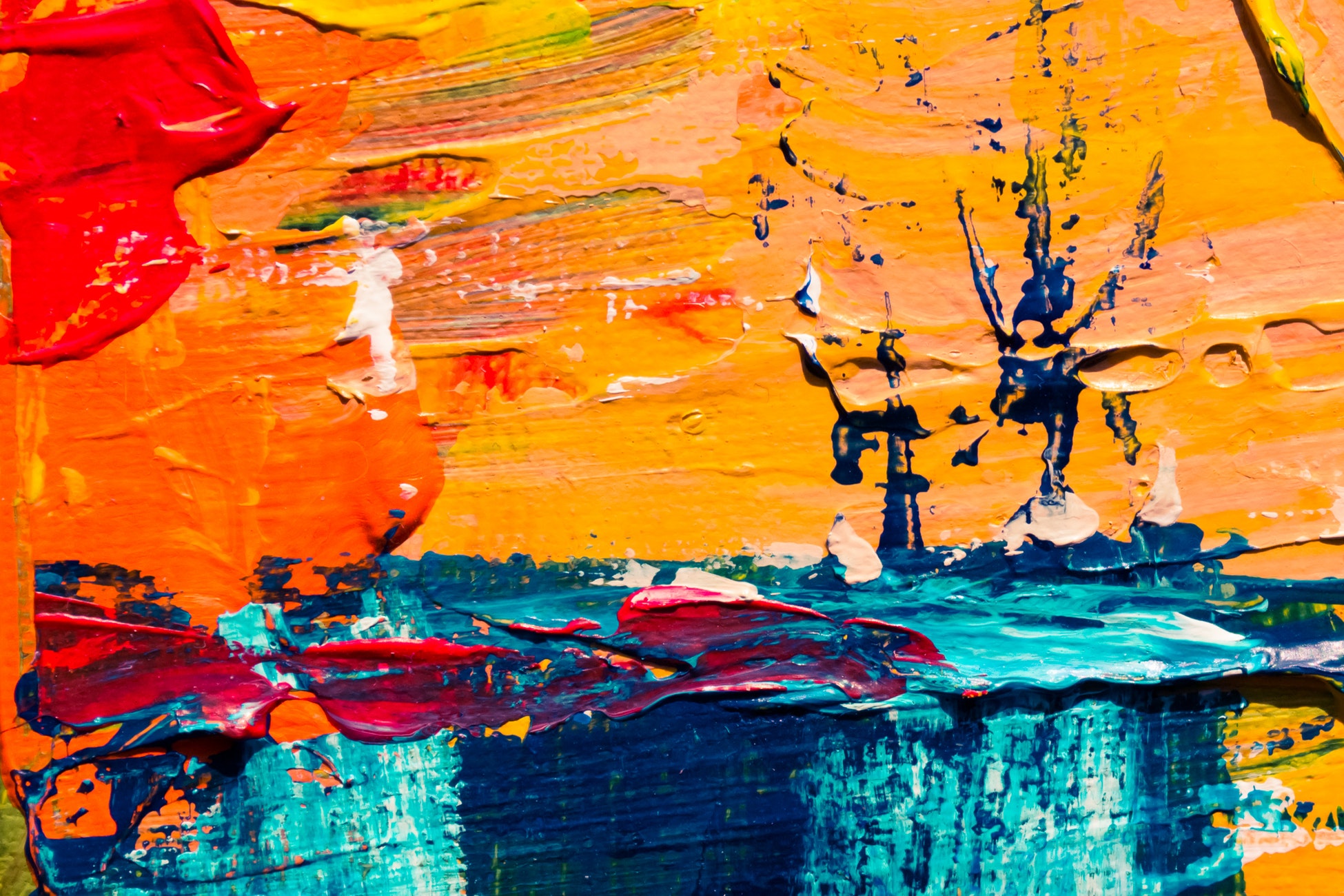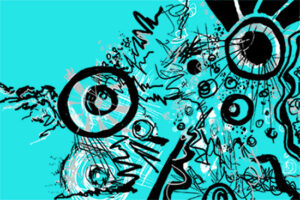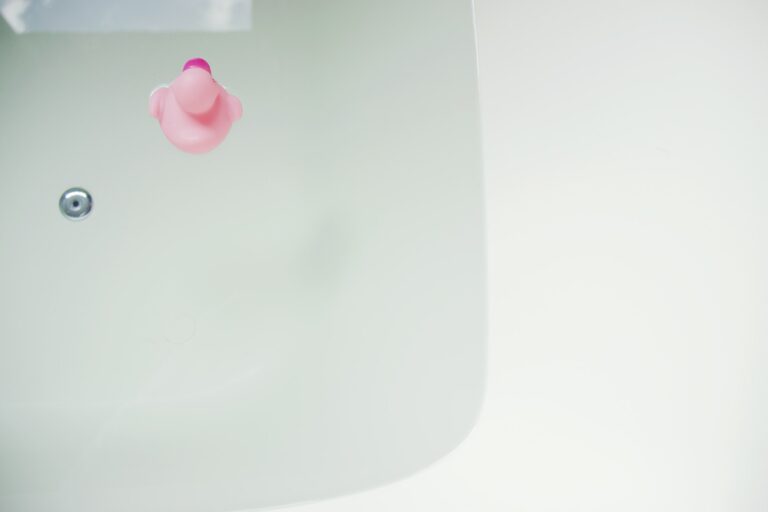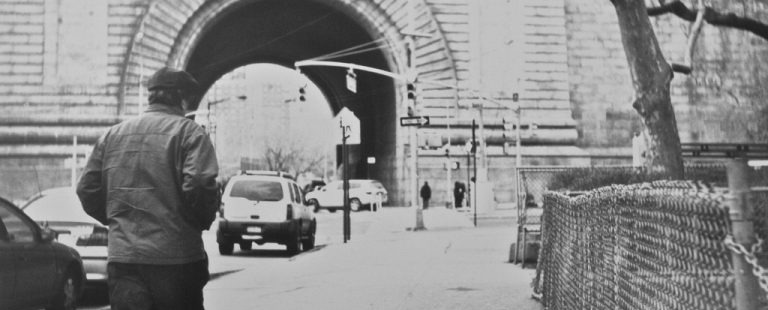Writing with Abstract Art


In her essay “Art Objects,” Jeanette Winterson challenges readers to experiment with looking at an original work of art (ideally something you like, at least a little) for an entire hour. She supposes that over the course of that hour, one would become increasingly uncomfortable, distracted, and irritated, but also more imaginative: “I can make up stories about the characters on the canvas much as art historians like to identify people in Rembrandt’s The Night Watch [….] A picture is its subject matter isn’t it? Oh, dear, mine’s an abstract. Never mind, would that pink suit me?”
Looking for inspiration in figurative art, art depicting real-world objects, offers many possibilities, some of which I’ve covered before. But what can you do with abstract art? Winterson writes, “art is an extraordinarily faithful transmitter. Our job is to keep our receiving equipment in good working order.” And the way to do this is by taking it in. What do you see? What does it say to you?
When I’ve taught ekphrastic writing, I’ve never had students look at a work of art for an entire hour (though I hope one day one of them will try it out on their own and let me know how it goes). Once a quarter, I do usually invite them to look at a work of art of their choice for ten minutes. They don’t write in that time, just look. Then, they can either write whatever comes to mind, or they can describe that painting, sculpture, video-on-a-loop, etc. and describe the experience of looking at it for that full ten minutes—what thoughts, emotions, visceral reactions went through them? On the surface, that might seem like a very basic writing prompt, but the act of looking for even ten minutes can be a challenge and writing from it can be fruitful.
I hope you’ll try the open-ended prompt above. Nevertheless, here are some more directed prompts for looking at abstract art. You might do them at a local art gallery. You might do them with Amy Frierson’s digital illustration above. Or you might apply them to one of the works of art in this virtual gallery I pulled together on the Google Art Project. If you’re just getting started looking at art, see my blog post “Eye Want” for some more useful starting points.
The Prompts
1. What if a work of abstract art resembled the emotional state, or even emotional journey, of a fictional character? Who is that character? What is that emotional state? How did he or she get there?
2. Look at the art through the perspective of one of your characters in a work-in-progress. What is their interpretation of the piece? Does their interpretation incite them to do anything? If yes, what? How does it move your story forward?
3. What if the design of an abstract work suggested the structure for a piece of writing? Is there something compelling about its design that you can transfer to your readers’ experience?
4. In Image to Word: Art and Creative Writing, Kathleen-Walsh Piper offers these considerations for looking at abstract sculpture: Consider the sculpture’s lines of force, bearing, weight, mass, material, surface texture, whether it seems to imply movement or stillness. Now imagine the abstract sculpture as if it were a person. Describe the energy and gestures of the person you might imagine.
5. When I gave Walsh-Piper’s prompt to my most recent class at the Henry Art Gallery’s exhibit of Katinka Bock’s sculptures, the majority of the class found it difficult (I think I actually gave them too much time for it), with the exception of one student who seemed to come up with dozens of ideas. Later, one of the students who’d found the exercise challenging wrote a beautiful story about her chosen sculpture not as a person but as a shrine. Brilliant. So there is another prompt for you: imagine the sculpture is a shrine. What is it a shrine to? Do people bring it offerings? What kind of offerings?
If you do end up taking Jeanette Winterson on her challenge and look at a work of art for an hour, I would love to read about your experience, right here in the comments. In any case, I hope you’re having a dreamy August.


